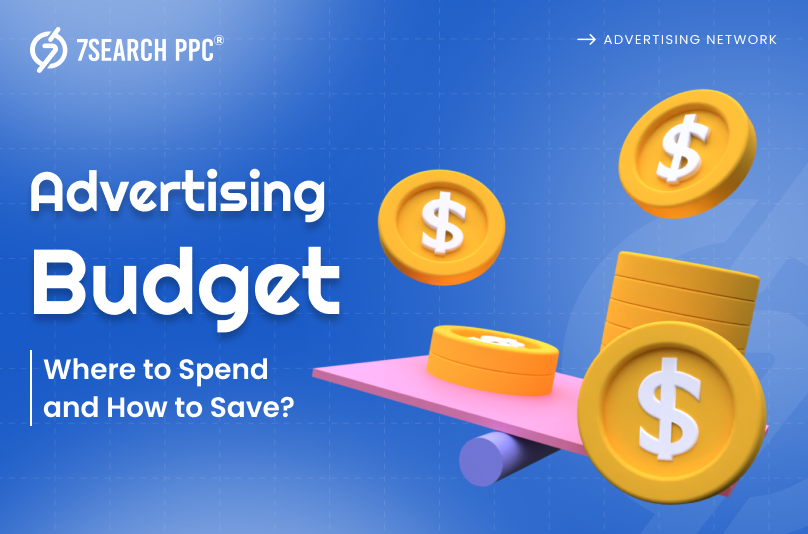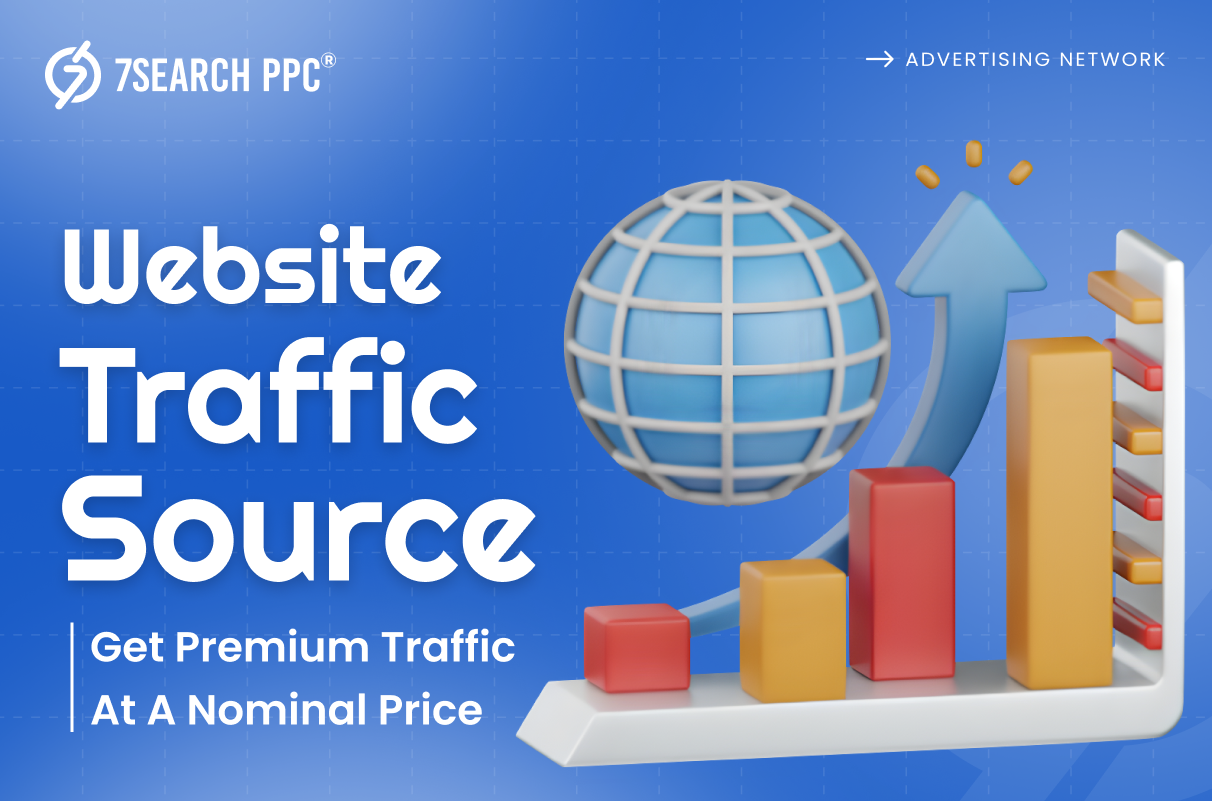In digital advertising, lessons are the real savior for your future success and growth. Where does it come from? It comes from experience, mistakes, and challenges. Starting an advertising campaign can feel like a balancing act. You’re constantly wondering, “Where should I invest to get the most value?” and “How can I save without sacrificing results?” If you are managing your advertising budget, you know every penny counts.
Spending too much in the wrong places can drain your resources while cutting corners might limit your reach. The good news is that with the right approach, you can find the right formula for the perfect balance between spending and saving.
In this blog, we’ll look at practical tips on where to invest your ad budget for maximum impact and ways to cut unnecessary costs without hurting your campaign’s performance.
Let’s jump right in!
Why Your Business Needs an Advertising Budget
When running an ad campaign, there is a limit known as the advertising budget. Once you reach this limit, you need to decide between two options: whether to extend the campaign period because you are making a profit or to stop the campaign because you are at the break-even point or below it.
Creating an ad budget is crucial for your business. Think of it as your marketing spending plan. Without a budget, you might spend too much on online ads that don’t work or miss out on great opportunities. A budget helps you decide how much money to put into different advertising channels, like social media or PPC ad networks.
Businesses always look to cover that cost quickly so they can make a profit and increase their ad budget for future ad campaigns.
The Three Essential Components of the Advertising Budget
An effective ad budget is crucial for achieving marketing goals. It’s essential to allocate funds strategically to maximize impact. Here are the three primary components:

Situational Analysis
A situational analysis is the first step in creating an advertising budget. Most of the companies make their ad budget plan by looking at and examining its:
- Strengths
- Weaknesses
- Opportunities
- Threats
Other factors involve examining internal factors, such as the company’s resources and capabilities, as well as external factors, like new market trends, customer needs, and competition. By understanding these elements, a business can identify its challenges and opportunities, which is very important for making informed decisions about ad budgets and spending.
Segmentation, Targeting, and Positioning
Segmentation, Targeting, and Positioning (STP) are the second component when deciding on an ad budget. Segmentation means finding different groups of customers based on where they live, their age, and their interests. This helps businesses know who their potential customers are.
Next, targeting is about choosing the most attractive groups to focus on, looking at things like how big the market is and how much people are willing to spend.
Lastly, Positioning is about making plans that appeal to these groups. This makes sure that what the business offers matches what the target customers want. A strong STP analysis helps make online advertising more effective and saves budget.
Return on Investment (ROI)
Return on investment (ROI) shows how well an advertising campaign brings in money compared to its cost. To calculate ROI, companies usually perform a cost-benefit analysis, which examines the financial benefits of the ad campaign.
This analysis looks at the money expected to come in after paying taxes and calculates its value today, known as Net Present Value (NPV). The aim is to make sure the money earned from online advertising is more than the money spent. By understanding ROI, companies can make smarter choices about their advertising budgets and plans.
Various Methods for Advertising Budget Management
Advertisers or marketers have several options when deciding on ad budgets. All of them are effective only if they are strategically aligned with the overall marketing goals:

Percentage of Sales Method
The percentage of sales method determines the advertising budget as a fixed percentage of the company’s sales revenue, which can be based on previous sales or the average sales of the last few years. For instance, if XYZ business made sales of $2500 in the last year, it may decide to allocate 10% of its total sales towards the advertising budget for the upcoming year. This approach is straightforward and keeps spending in line with income. Still, it can be limiting, especially if sales are low or fluctuate significantly, potentially affecting advertising effectiveness (which might be a drawback).
Competitive Parity Method
The competitive parity method sets the advertising budget by looking at how much competitors are spending. Businesses check their competitors’ marketing budgets and aim to spend the same amount or a bit more. This method helps a company stay competitive in the market. However, it has risks, such as overspending if competitors are not using their budgets wisely. It also may not take into account the specific needs and goals of the business, which could make the budget less effective.
Affordable Method
Look, not every business has the same potential to invest in online ads. Big businesses invest more, and small businesses invest less. The affordable method sets the ad budget based on what the company can afford after paying all other expenses. Businesses look at their total income, subtract their costs, and use whatever money is left for advertising.
This method is simple and makes sure the company doesn’t spend more than it can afford. However, it may lead to less spending than what is actually needed to stand out in the competitive market.
Objective and Task Method
Ad campaigns run with full planning, like what the business wants to achieve from it. Different goals cost different budgets. This method is all about matching the campaign budget to the business goals to get the best results. The objective and task method creates a budget based on the company’s specific marketing goals and the steps needed to achieve them.
First, businesses decide on their goals, like increasing brand awareness, sales, or launching a new product. Then, they figure out the costs of the tasks required to meet those goals and set the advertising budget accordingly. This method is strategic because it matches spending with what the business wants to achieve. However, careful planning and analysis are needed to work well.
The Best Bet for Your Advertising Budget
The best bet for your ad budget depends on multiple factors, including your specific goals, target audience, product or service, and available resources. Here are some famous advertising methods that can help you make the most of your advertising budget:
PPC Advertising
According to HubSpot, 65% of small and medium-sized businesses use pay-per-click (PPC) advertising. This type of advertising can help businesses attract new customers and increase growth by turning leads into sales. The PPC advertising model gives advertisers an amazing opportunity to display ads on search engines, apps, and websites, and they only pay when someone clicks on your online ad. No clicks mean no payment. When your ad gets clicks, you can easily convert them into customers by pitching the offers.
It’s a budget-friendly option since you control how much you want to spend and target specific keywords or audiences. This method ensures that your ad is visible in front of people who are actively searching for your offerings without paying extra.
Email Marketing
This is a strategy that involves sending promotional messages through ads (designed by one’s own) directly to people’s email inboxes. It is a budget-friendly way to connect with both new and current customers. You can use email marketing to tell them about special offers, share news, or keep them interested in your brand. Because many people check their email every day, it’s a smart way to stay in touch with your audience.
Now, you’ll raise the question of whether sending emails is free, so why does this strategy come under the best bet where you can put your advertising budget? Readers, this advertising strategy is free until you manage it on your own; if you hire an agency for effective email marketing, then it will incur costs.
Social Media Advertising
Social media advertising lets you show your brand on social media platforms like:
Social media ads provide a cost-effective method to reach and engage with a large audience. By using these ads, you can target your ideal customers based on their age, location, and interests, which can help you attract potential buyers. This approach can catch and move more traffic to your business website and effectively promote your products.
Conclusion
Managing your advertising budget well is important for reaching your business goals and getting the most out of your spending. By knowing the key parts of budgeting—like looking at your situation, understanding your audience, and knowing how to target them—you can make smart choices that fit your marketing plan. Using options like PPC advertising, email marketing, and social media ads can connect and engage with your audience without overspending. A good advertising budget not only saves your money but also helps your business grow. Plan your ad budget wisely now for a better future!
Frequently Asked Questions (FAQs)
What is an advertising budget?
Ans. An ad budget is a limit that shows how much money a business will allocate for advertising and promotional activities. It helps ensure that spending matches overall business goals.
What is the best method for setting an advertising budget?
Ans. The best method depends on your specific business needs and goals. Consider your industry, competitors, and target audience when making a decision.
What are the three essential components of the advertising budget?
Ans. The three essential components of the ad budget are Situational analysis, Segmentation, Targeting, and Positioning, and Return on Investment (ROI).
What are the various methods of advertising budget management?
Ans. The percentage of sales method, competitive parity method, affordable method, objective and task method are the methods used in ad budget management.
Is it better to allocate a larger portion of my budget to a few channels or spread it across many?
Ans. It depends on your advertising goals and ideal audience. You must experiment with different allocations to see what works best for your business.














![Sports Advertising Campaign Ideas: [2026 Events + Ad Strategies Explained] 7 Sports Advertising](https://www.7searchppc.com/blog/wp-content/uploads/2025/11/Sports-Advertising-680x442.png)


